Flexible roof tiles - the newest building roofing material for the protection of structural elements of construction against the corrosive effects of atmospheric phenomena. Choosing between bituminous material and metal, the ordinary buyer is confused: both types of coverage are quite common and have a number of characteristic advantages and disadvantages. Today we will talk about the "queen of the roofs" - flexible tile, its undeniable advantages and advantages of styling.
Content
Structure of flexible shingles
Appearing in the construction markets more than 30 years ago, flexible roofing tiles today have become one of the most common and sought-after materials for roofing. Speaking about this universal kind of roof, it can be said without exaggeration that from the materials that existed before, he managed to absorb only the best characteristics and qualities. But before discussing this, we will become acquainted with the structure of flexible roofing material.
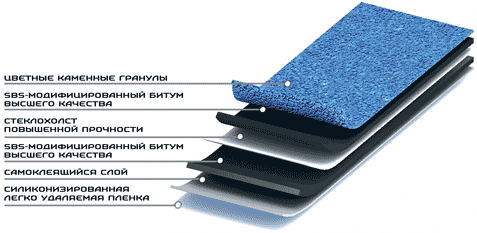
Thanks to its multi-layered and high-tech structure, the flexible bituminous coating has excellent performance and quality. At the heart of soft tiles is a special synthetic fiberglass, impregnated with fiberglass and bitumen, in rare cases - organic cellulose. What is the functional burden of this layer? First of all, the creation of a reinforcing layer of high strength for the reliable connection of bituminous layers with SBS-modifiers and polymeric additives, through the use of which flexible bituminous shingles are endowed with:
- exceptional flexibility and flexibility;
- presentable appearance;
- resistance to mechanical stress;
- ecological safety;
- durability.
Flexible shingles
Manufacturing technology involves the use of several basic layers: bitumen, fiberglass, consisting of inorganic fibers, and a topcoat, which is a basalt granulate, shale powder or finely divided mineral crumb.
Since it is the top coating that determines the visual perception of the coating, the composition can include additional high-tech dyes, which give the roofing material a variety of color shades and protective functions against climatic, temperature-humidity influences and ultraviolet radiation. The temperature used for carrying out numerous laboratory studies of the operational and qualitative characteristics of the material ranges from -70 to +150 ° C. These factors make it possible to successfully use roofing material in all climatic zones with long-term preservation of the original appearance during the entire operational period.
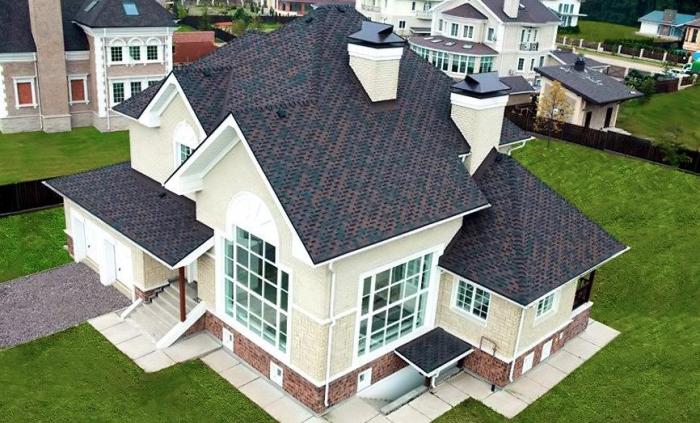
The reverse side of the bitumen shingles is treated with a special adhesive composition with a protective film or silica sand, which reliably protects the tile from damage and gluing in the case of transportation.
All the initial components involved in the technological process of creating bituminous coatings are environmentally safe, fire-resistant and have high corrosion protection, which distinguishes this roofing material from metal roofing. In addition, compared to other "musical" types of roofing, bitumen tiles have excellent sound absorption.
Advantages and benefits of flexible tiles
The priority advantages of bituminous roofing material can be safely attributed the possibility of its use for facing the roofs of the most complicated configuration: the technological splendor and uniqueness of the Russian shingle roof, from bulbous structures to majestic domes, can not be compared with European roof structures.
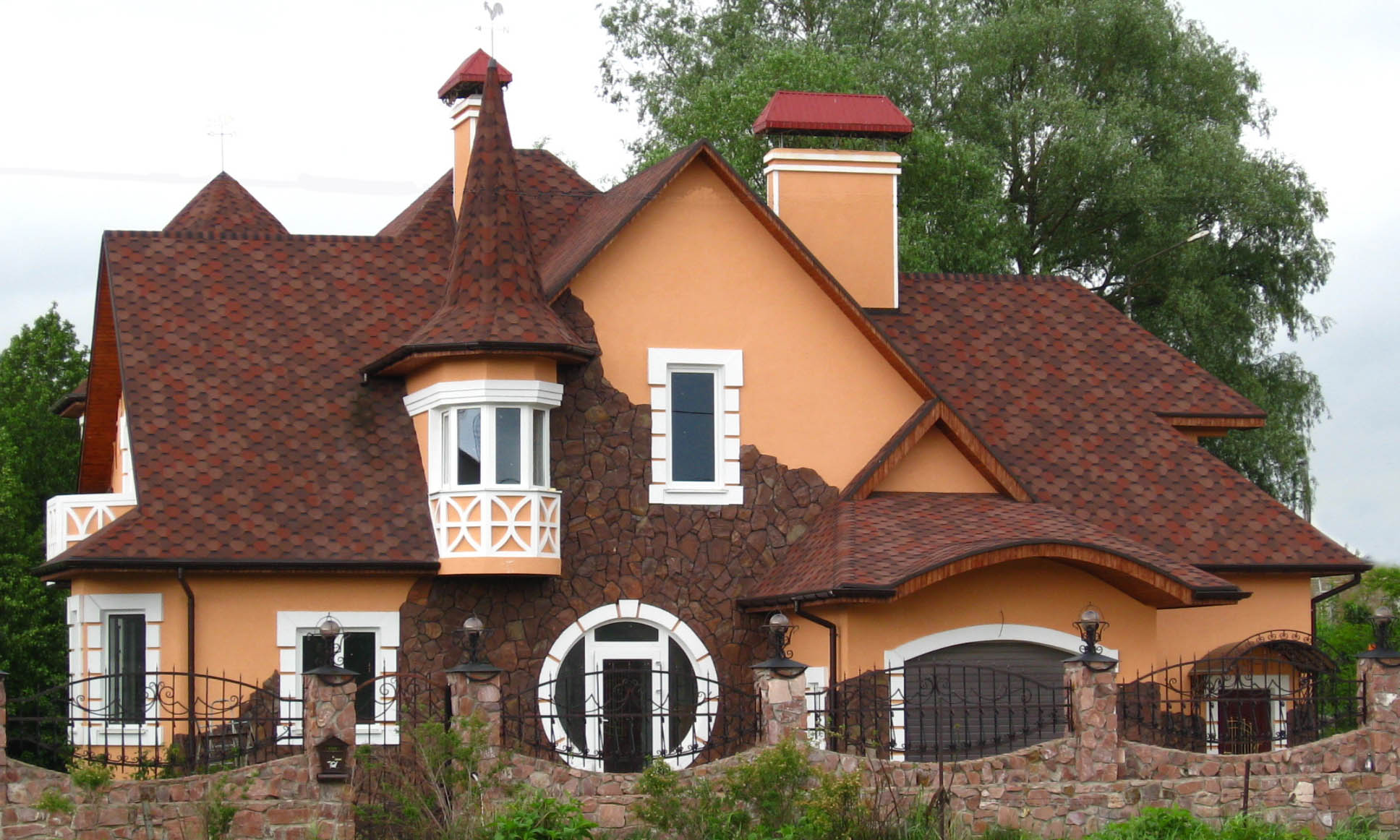
In addition, bitumen shingles amaze the imagination with a variety of geometries and rich color solutions of tiles (shingles): classical variants - in the form of a rectangle, diamond or hexahedron, and flat, having 3-4 petals.
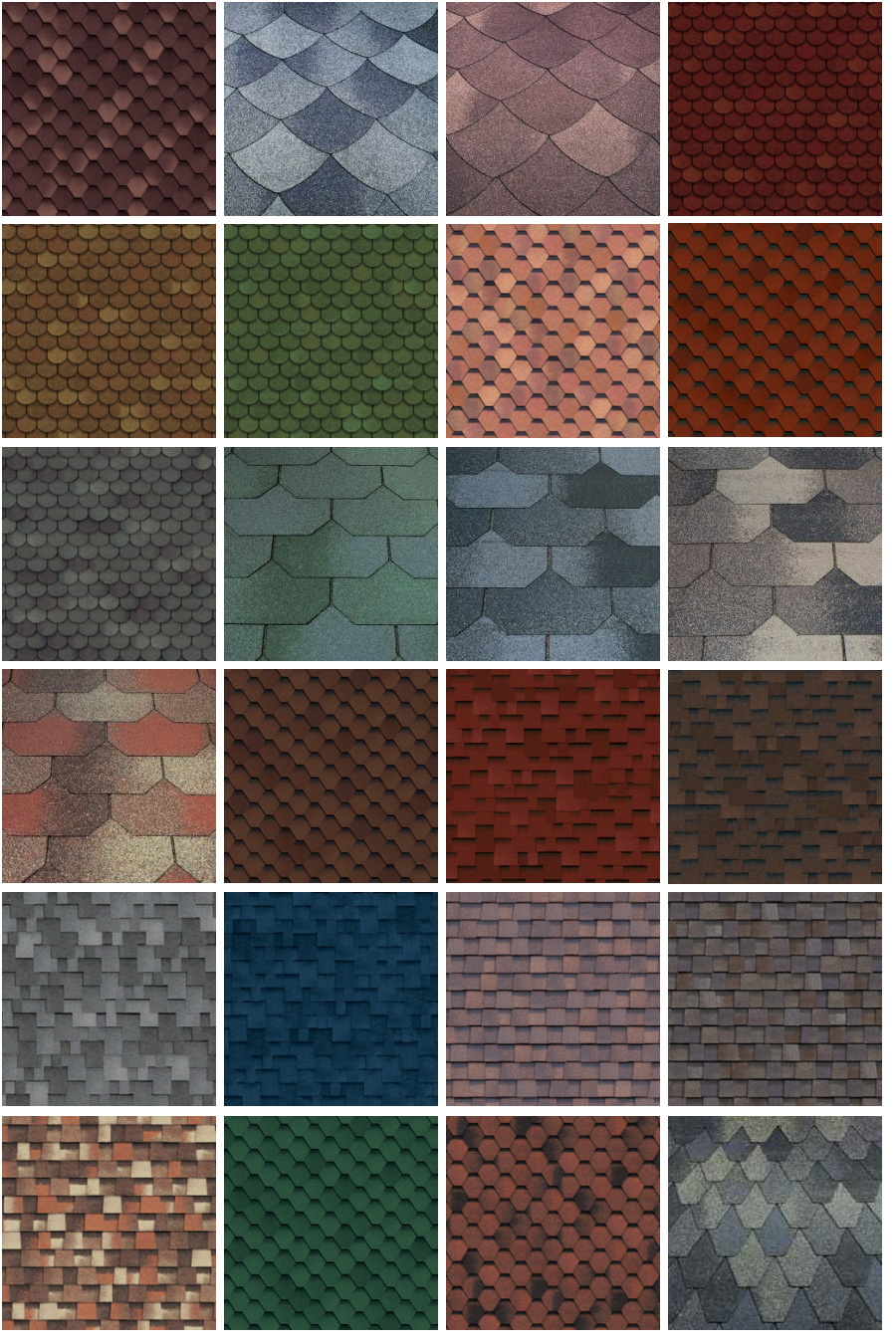
Simple technology of laying and plasticity will allow you to realize absolutely any imaginative fantasies about highly artistic, exclusive roof and unique house. If necessary, the restoration of the old roof is also often used flexible shingles, the shelf life of which reaches 50 years.
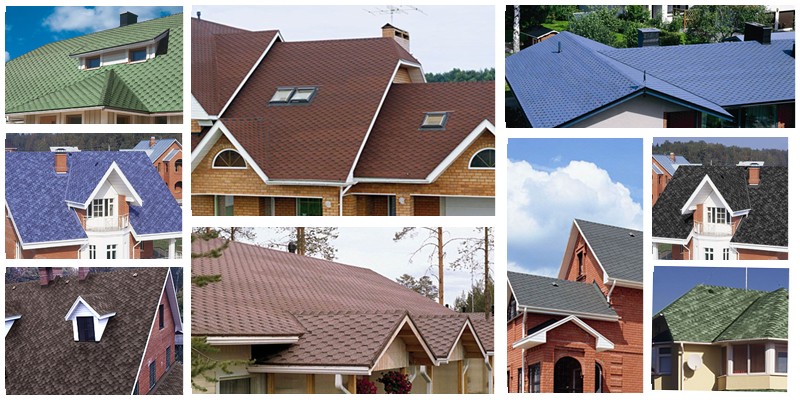
The technology of the bitumen tile coating is simple to impossible: the roof is simply glued and fixed to nails. Having the knowledge and practical skills in the field of roofing materials, having the necessary construction equipment, you easily and in a short time will lay the flexible roofing on the roof surface of your country or private house.
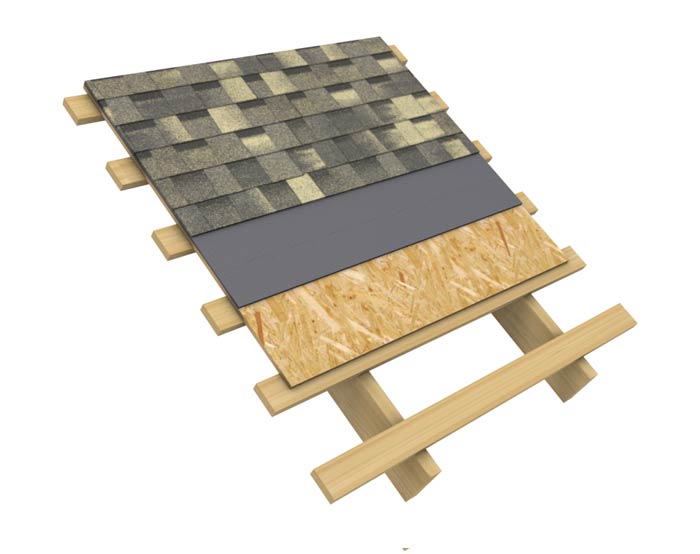
Comparing flexible shingles with other roofing materials, experts distinguish a number of advantages:
- the amount of waste during installation is minimal;
- high resistance to bioagents (mosses, lichens, fungi);
- excellent water and moisture resistance;
- there is no need for additional staining;
- high tolerability of errors in the configuration of the roof and the mechanical deformations created during operation;
- simplicity and efficiency of replacing individual tiles, if necessary;
- light weight when loading and moving.
Disadvantages of flexible shingles
Speaking of flexible bituminous shingles, it should be noted that there are no drawbacks to roofing material, except for high costs and the need to install reinforced beams and walls in the cladding process. Exclusively due to the use of the conventional wireframe technology, it is better to entrust such a roof covering to professional masters.

With regard to the price issue, the installation of bituminous roofing will cost you a bit more than installing a metal tile, however, given the long service life and multiple advantages, experts came to a consensus - a more reliable, safe and externally attractive roof can only be obtained using a flexible tiled roof . How to build a flexible shingles can be learned from a video on youtube.



















